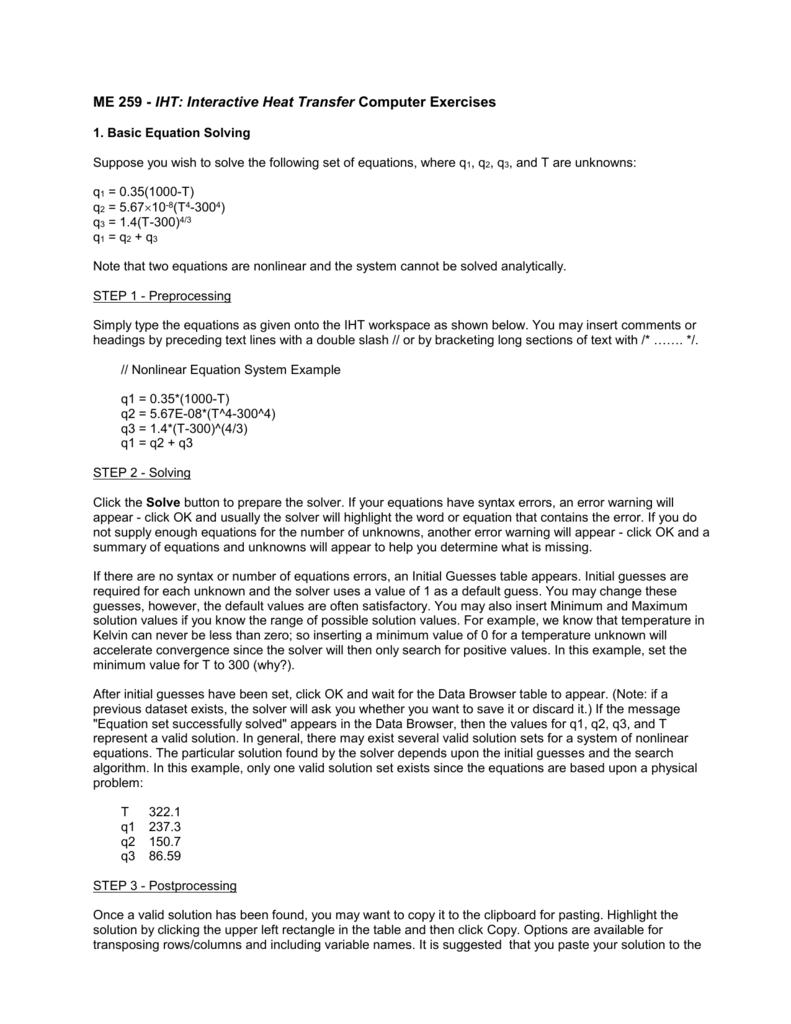

Modification has also been included in the text as per the suggestions obtained from various sources. In addition to the conventional arrangements covered by viewfactor charts and equations which may be used for program verification, this program computes completely arbitrary arrangements in 3-D space. On a modern PC the recomputation and refresh of the figure and the calculation of the viewfactor itself is nearly instantaneous. The slider bars seen in the upper right of the interface seen below may be used to select any desired viewing angle -also giving student engineers some much-needed reinforcement of training in 3-D visualization. To aid in verifying the geometric input data, the plates are drawn on the screen in a perspective view with hidden surface removal. Users enter the x, y and z coordinates of three corners of each plate into an on-screen table (contained on a separate sheet not seen in the interface below) the coordinates for the fourth corner of each plate are computed automatically. Module Description This module computes the view factor between two parallelograms arbitrarily positioned in three-dimensional space using a numerical implementation of the Nusselt unit sphere method based on the NASA TRASYS code. The numerical scheme used in this module is typical of modern means developed for such applications. (Input boxes are shown in white on all user interfaces while numbers appearing on the gray background are program outputs.) Based on this user input, the temperature distributions in both fluids are computed and displayed in a fraction of a second.

For the Performance option the user inputs the product of the overall heat transfer coefficient and area (UA product).

For the “Design” option, the user then specifies the desired outlet temperature of the hot fluid.
7 The Interface for a Shell-and-Tube Arrangement In both modules after the geometry has been selected, the user specifies the heat-capacity rates for both fluids and indicates which of the two calculation methods to use. In the case of a shell-and-tube configuration, the baffle arrangement is used as a convenient means of discretizing the shell for the numerical solution. After selection of the 'Configuration' option, the user specifies a few other inputs relevant to that particular case. 6 Interface for Cross-Flow Heat Exchanger Option The 1-D option (tab seen below) allows for several generic geometries, including double pipe designs (parallel and counterflow), shell-and-tube designs and 2-pass, 2-pass plate configurations.


 0 kommentar(er)
0 kommentar(er)
